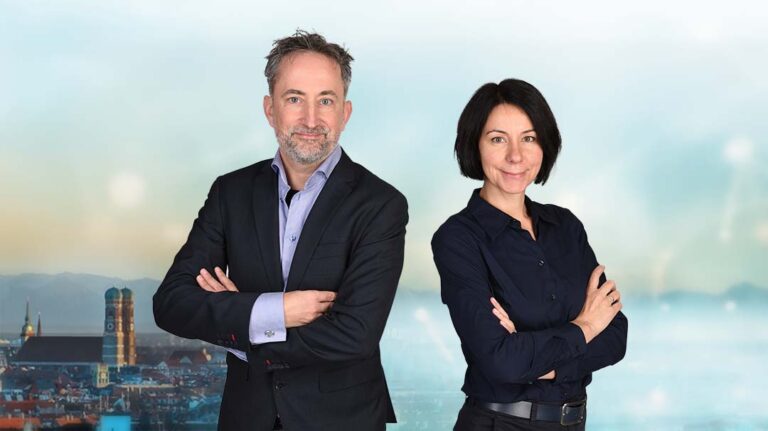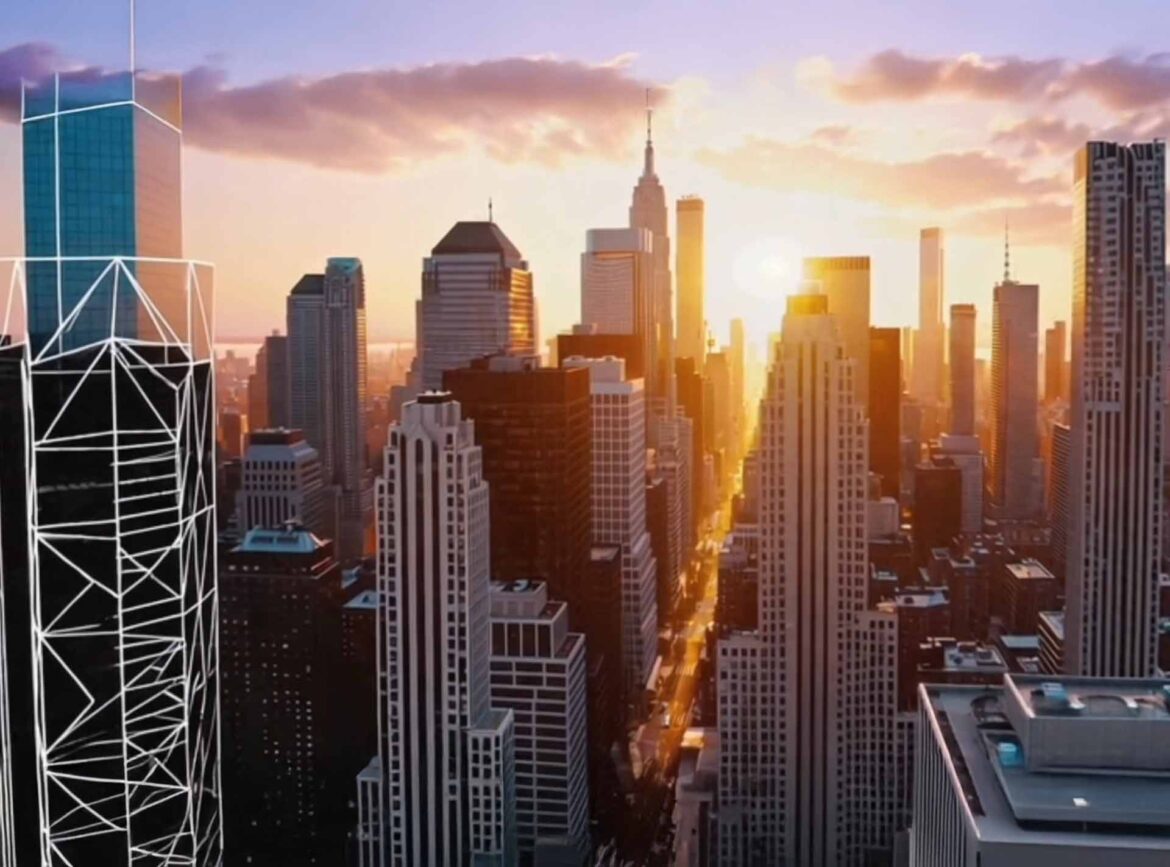3D Gaussian Splatting – A Revolution in Real-Time Visualization
Photo: © Ulrich Buckenlei | XR Stager Newsroom | Application of 3D Gaussian Splatting for highly detailed 3D models.
How a New Technology is Transforming 3D Visualization
A breakthrough in 3D visualization: 3D Gaussian Splatting is changing the way digital environments are represented. Instead of conventional polygon meshes, millions of semi-transparent Gaussian splats are used – adaptive, color- and shape-changing ellipsoids that dynamically compute light and transparency. This method enables more realistic surfaces, smoother light interactions, and significantly reduced computational load.

Detailed City Models with Gaussian Splatting
Photo: © Ulrich Buckenlei | XR Stager Newsroom | Drone-scanned cityscapes as precise 3D models.
How Does 3D Gaussian Splatting Work?
This technology replaces traditional polygon meshes with millions of individual Gaussian splats that adapt flexibly. This reduces geometric complexity without losing details.
Advantages of this method:
- Better light and shadow interactions for more realistic scenes.
- Dynamic detail adjustment depending on the viewing angle.
- Less computational effort compared to polygon-based models.
These characteristics make Gaussian Splatting particularly interesting for digital twins, architectural visualizations, and real-time simulations.
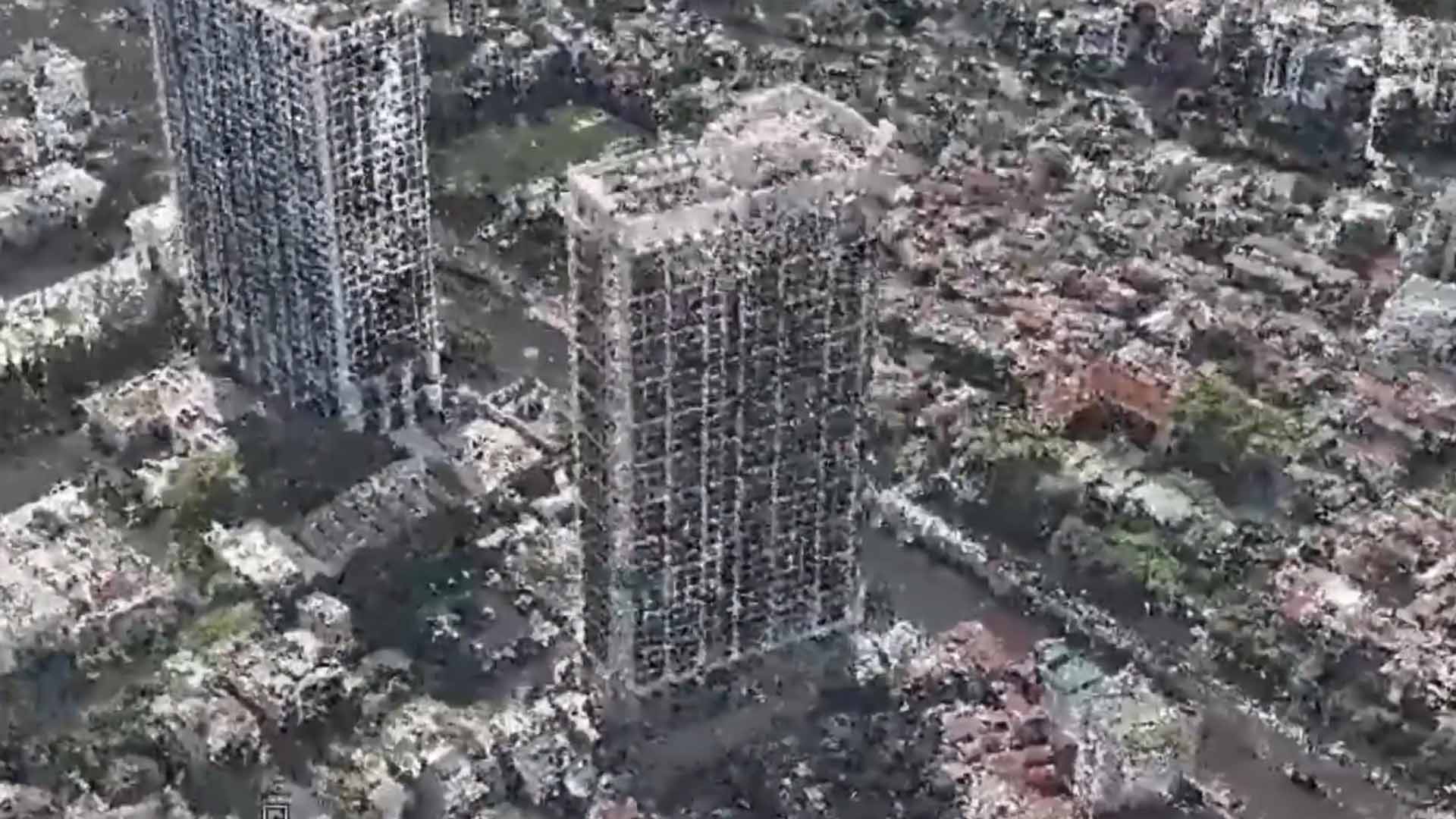
Adaptive Gaussian Splats for More Realistic Visualizations
Photo: © Ulrich Buckenlei | XR Stager Newsroom | Natural light scattering and smooth surfaces.
Integration with V-Ray for Photorealistic Results
A significant advantage is the combination with V-Ray, one of the leading ray-tracing technologies. This integration allows for high-quality, photorealistic renderings with unprecedented efficiency.
What does this mean for different industries?
- Architecture & Urban Planning: Detailed city models for simulations.
- Digital Twins: Real-time visualization of buildings and environments.
- Film and Gaming Industry: More realistic scenes without high computational power.
With this technology, cities and complex environments could become more interactive and accessible.
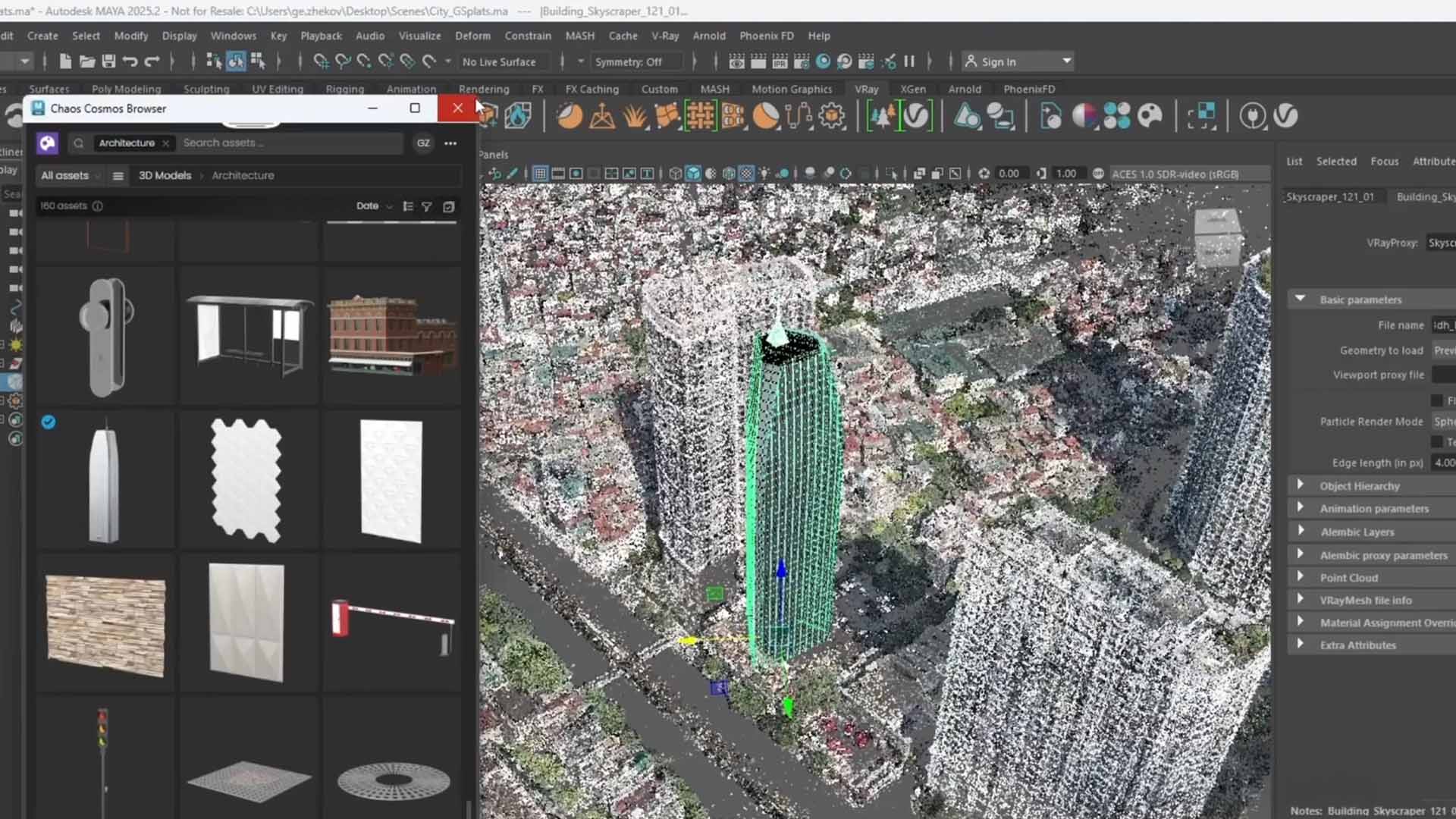
Precise Simulations for Architecture and Urban Planning
Photo: © Ulrich Buckenlei | XR Stager Newsroom | 3D simulations with impressive detail fidelity.
Application in Industry and Simulations
Gaussian Splatting could be considered the next big step for real-time rendering, opening new possibilities for engineering, autonomous vehicles, and industrial simulations.
Why is this relevant?
- Autonomous Navigation: More precise environmental recognition for AI-controlled systems.
- Machine Learning: Efficient training data for neural networks.
- Simulations: Real-time testing without expensive physical prototypes.
This innovation could optimize the entire digital production chain and improve processes in the automotive, aerospace, and smart city industries.
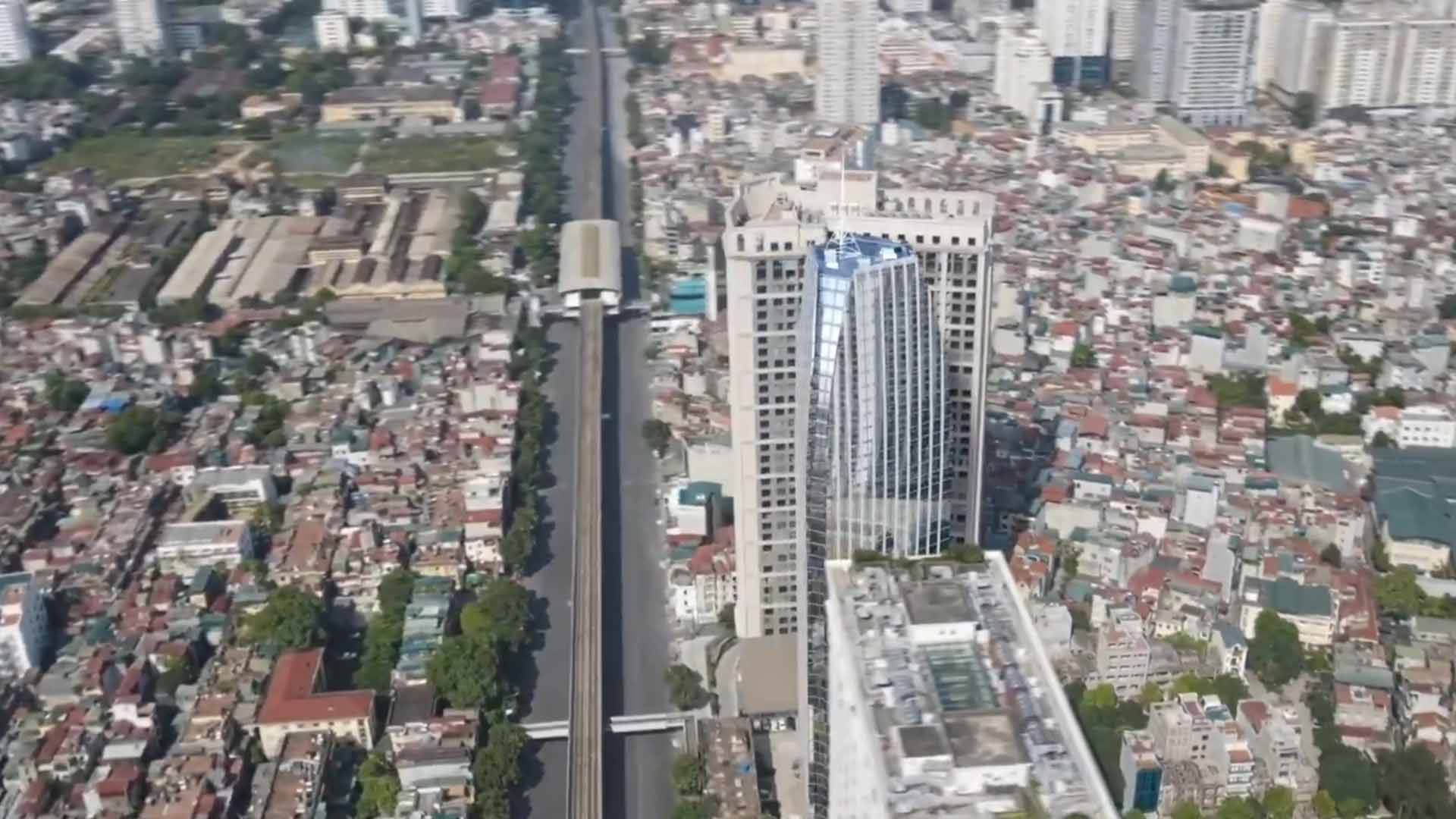
From Digital Twins to Industry 4.0
Photo: © Ulrich Buckenlei | XR Stager Newsroom | Interactive models for urban development.
Video: Gaussian Splatting in Action
Watch the following video to see how 3D Gaussian Splatting is applied in practice and what possibilities arise for architecture, simulations, and the digital industry:
Gaussian Splatting for Photorealistic Real-Time Scenes
Video: © Ulrich Buckenlei | XR Stager Newsroom | Highly detailed 3D visualization with minimal computational effort.
Invitation for Collaboration
The 3D Gaussian Splatting technology demonstrates how real-time visualization can be fundamentally transformed. Visoric supports companies in integrating these innovations into their processes.
- Consulting: Strategies for utilizing 3D Gaussian Splatting in your business.
- Technological Integration: Tailor-made solutions for architecture, simulations, and digital twins.
- Training: Upskilling your team for efficient use of this technology.
Contact us today and shape the future of 3D visualization with Visoric!
Contact Persons:
Ulrich Buckenlei (Creative Director)
Mobile: +49 152 53532871
Email: ulrich.buckenlei@visoric.com
Nataliya Daniltseva (Project Manager)
Mobile: +49 176 72805705
Email: nataliya.daniltseva@visoric.com
Address:
VISORIC GmbH
Bayerstraße 13
D-80335 Munich
